The Benefits of Possible Qualified Small Business Stock Gain Exclusion Under Section 1202
A frequently encountered transaction on a personal tax return is a capital gain resulting from investment activities, most notably the sale of stock. A common tax planning strategy that taxpayers use is to hold the stock for greater than one year in order to benefit from preferential tax rates on long-term capital gains. Even more valuable than a lower tax rate, however, is the potential to exclude gain (up to 100% in some cases!) under IRC Section 1202. This provision, aimed at encouraging investment in new ventures, is a powerful tax planning tool and an important consideration in initial entity formation and operation.
To qualify for the benefits of gain exclusion under Section 1202, an investment must be treated as “qualified small business stock”, or QSBS. By statute, for stock to be classified as QSBS, it must meet the following tests:
- The stock must be issued by a domestic C corporation to a non-corporate taxpayer in an original issuance (in exchange for money or property, or as compensation for services)
- The corporation’s gross assets on the date of issuance must be under $50 million dollars (both before and immediately after issuance)
- 80% of the corporation’s assets must be used in a qualified trade or business, during “substantially all” of the taxpayer’s holding period with respect to the stock. (Not all businesses qualify for this treatment. Excluded businesses include service businesses, a trade or business whose principal asset is the skill or reputation of one or more employees, banking and financial services businesses, farming activities, hotels and food service establishments, and businesses involved in the production or extraction of natural deposits.)
Assuming the above tests are met and the investment is considered qualified small business stock, a sale or exchange of that stock by a non-corporate taxpayer may qualify for the potential gain exclusion. Additional criteria for gain exclusion include the following:
- The QSBS must be held by the taxpayer for 5 years to qualify for the gain exclusion. (For those that do not meet this test, there is potential to roll over the gain under Section 1045 as an alternative option for the gain exclusion.)
- The amount of potential gain that can be excluded depends on the taxpayer’s initial date of acquisition, as follows:
| Stock Issued | Gain Exclusion |
| August 11, 1993, to February 17, 2009 | 50% |
| February 18, 2009, to September 27, 2010 | 75% |
| September 28, 2010, or after | 100% |
- The maximum “per issuer” gain exclusion is the greater of:
- $10,000,000 or
- 10 times the aggregate cost basis of the stock
Being able to exclude gain is a very powerful tax savings tool for entrepreneurs and investors. Few provisions in the tax law offer permanent exclusion of income from tax. These rules are extremely complex and with many hurdles to overcome, successfully implementing this tax savings strategy requires coordination with your tax advisors.





